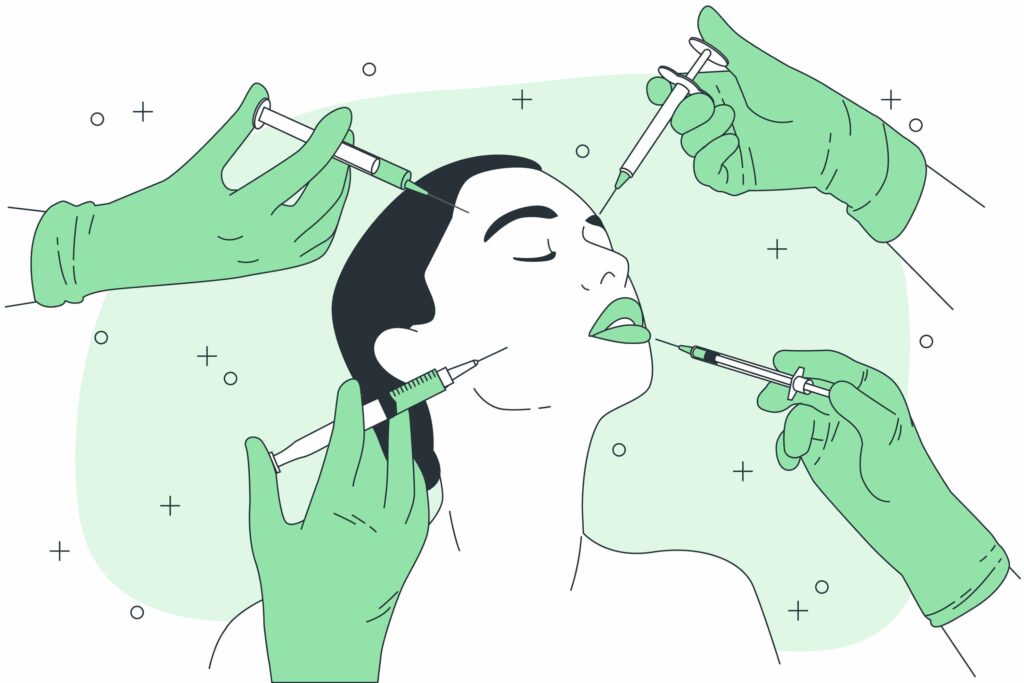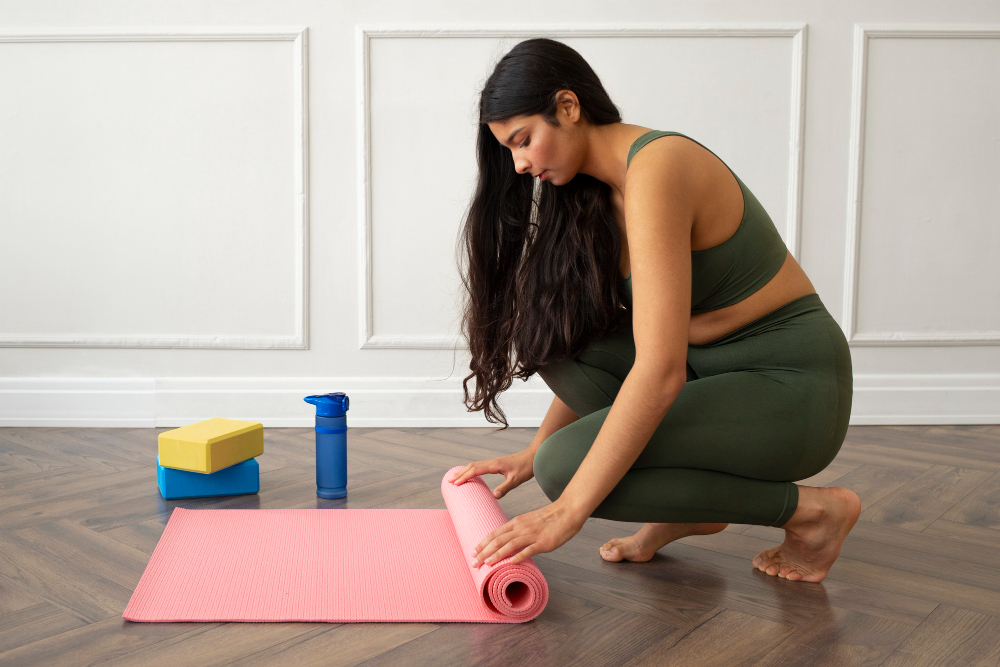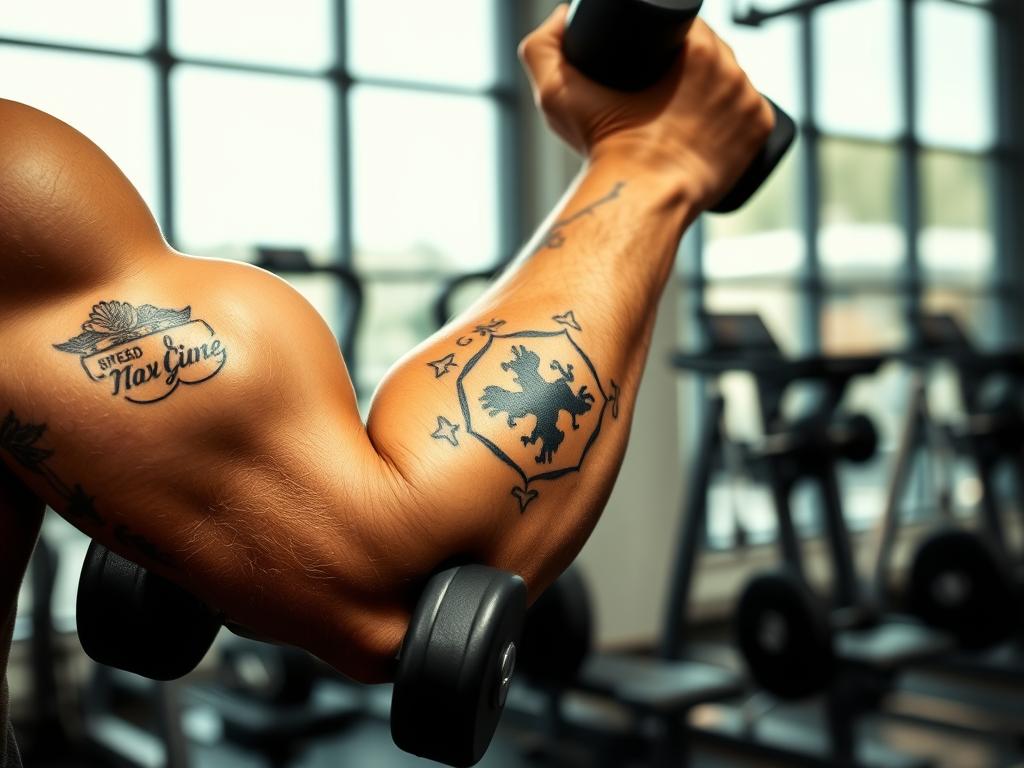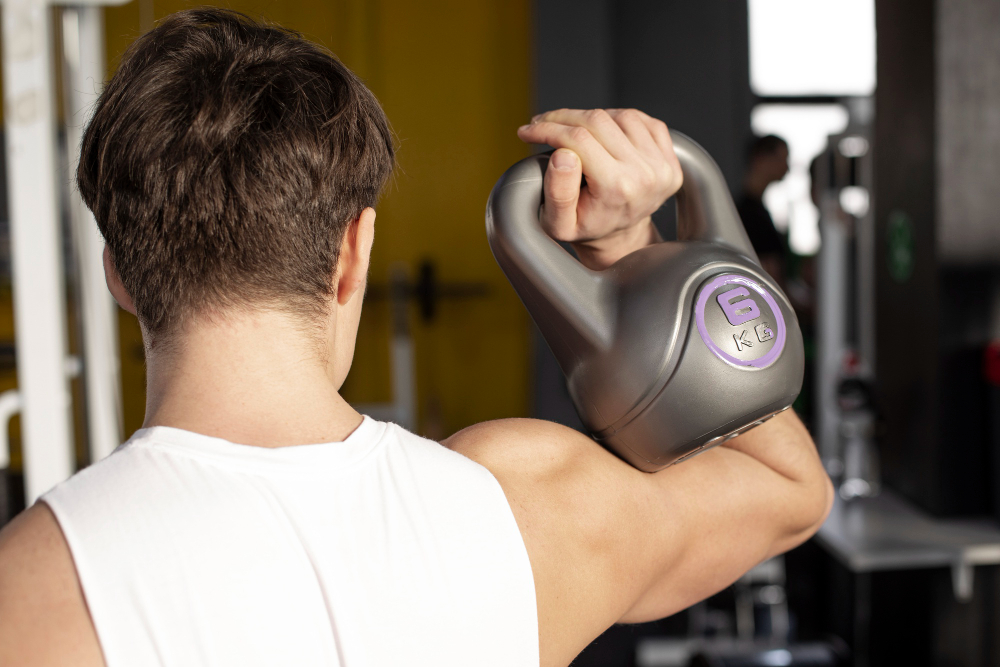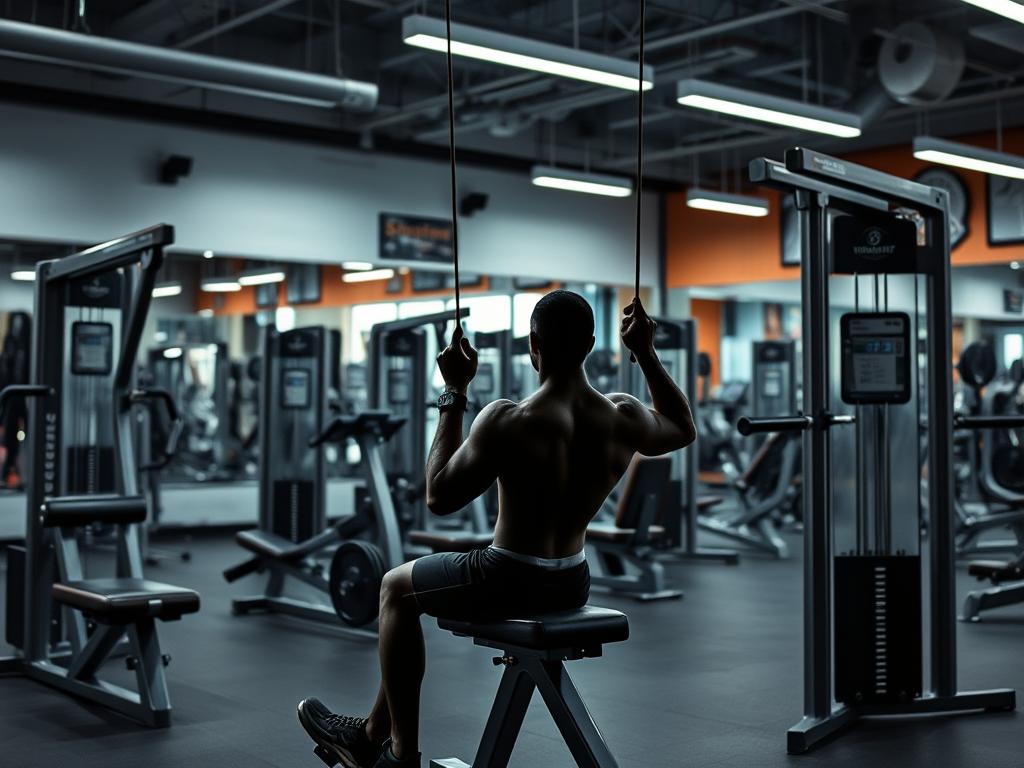Botox is a popular way to make wrinkles and fine lines less visible. But, can you exercise after Botox injections1. The answer is not just yes or no. There are many things to think about when it comes to moving your body after Botox.
We’ll look at what you should do, what risks there are, and safe ways to exercise after Botox. This will help you make the best choices for your body and get great results from your Botox.
A person doing yoga with a relaxed expression on their face and smooth, youthful skin.
Key Takeaways
- Botox uses botulinum toxin type A to smooth out wrinkles around the eyes and forehead1.
- Wait at least 4 hours, or 24 hours if you can, before you start exercising after Botox1.
- Exercising right after Botox is not a good idea because it can put pressure on the injection spots. It can also make more blood flow and spread the toxin1.
- It’s good to move your face a lot after Botox to make the treatment work better1.
- Avoid hard workouts and running for at least 2 days after Botox. This helps prevent muscle weakness and keeps the toxin from spreading2.
Introduction to Botox and Exercise
Botox is a cosmetic treatment that uses a type of botulinum toxin. It makes facial muscles relax to lessen wrinkles3. Botox is also used for other health issues, like too much sweating, muscle problems, and easing pain3. But, exercising too soon after Botox can cause problems and should be careful.
Why Exercise After Botox is Discouraged

Working out can make your heart rate and blood flow go up. This might move the Botox from where it was injected. This could make muscles freeze in unwanted ways and lessen the treatment’s effect3.
Also, if you exercise and press on your face, you might mess up where the Botox is placed. This could make it not work as well3.
Potential Effects of Exercising Too Soon
Working out too soon after getting Botox can cause problems4. Bruising is a common issue, especially in areas with lots of blood vessels, like around the laugh lines4. Doing physical activities can also make your blood pressure go up. This might make bruising more likely4.
In rare cases, you might get blurred vision, numbness, paralysis, upset stomach, or trouble swallowing if the Botox spreads where it shouldn’t4. It’s important to talk to a trusted provider and follow their advice for the best results with Botox injections4.
Related Article: How Long Does It Take to Gain Muscle? Find Out!
Recommended Waiting Period Before Exercise
Healthcare experts say wait at least 24 hours before exercising after Botox5. This lets the Botox settle in the muscles right. It stops the toxin from moving around5. The American Academy of Dermatology says wait 2 hours, but most clinics suggest 24 hours5.
The 24-Hour Rule
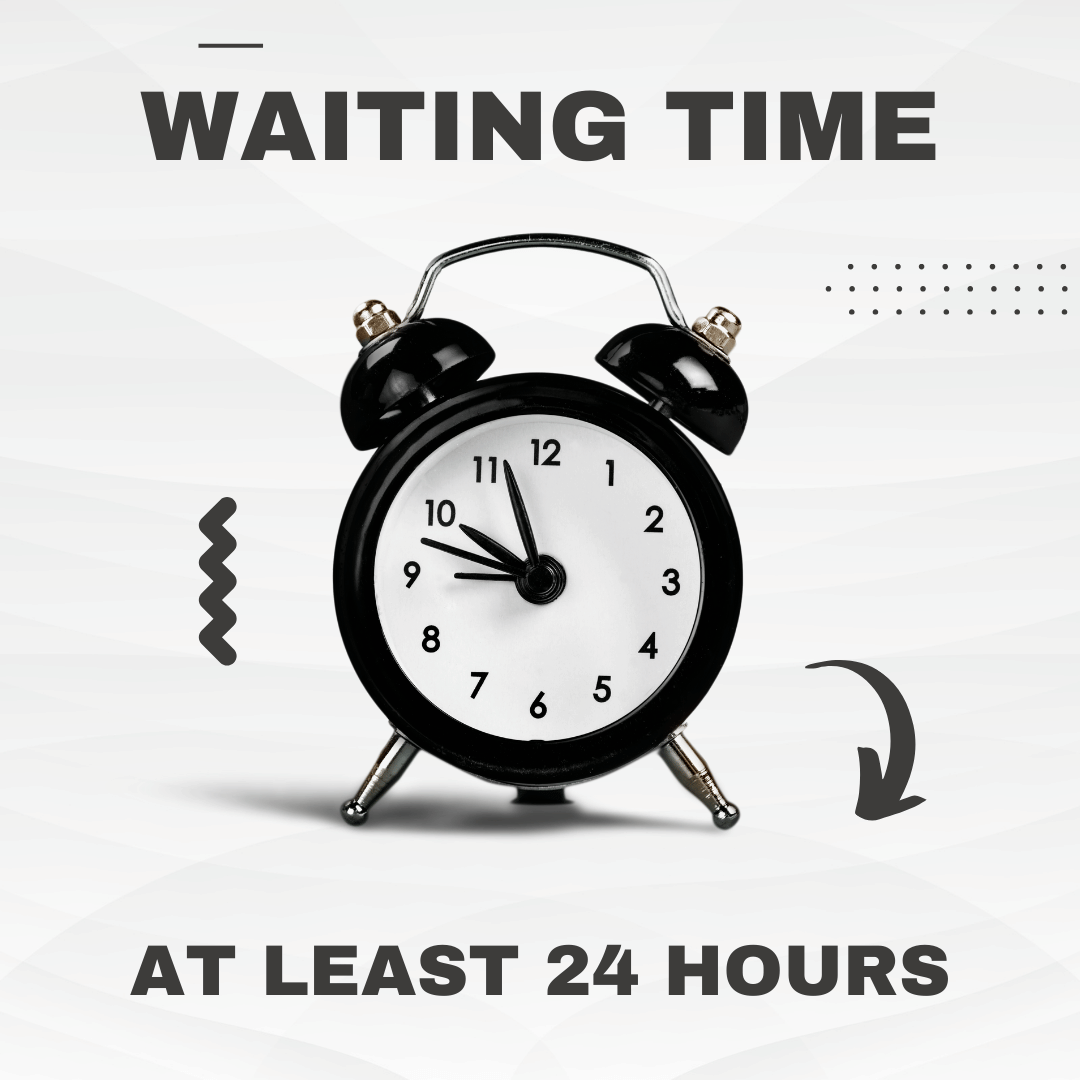
The 24-hour rule is what most doctors suggest for exercising after Botox5. During this time, avoid hard activities that make your blood flow more or put pressure on your face. This could mess with how well the Botox works5. It’s okay to do light walking, easy chores, and face exercises during this time5.
Longer Wait Times Advised by Some Providers
Some doctors say wait up to a week before hard exercise after Botox5. They think it takes time for the Botox to work and settle in5. A study in 2023 found that being active can make Botox wear off faster5.
The wait time before exercise can change based on your doctor and the Botox treatment5. Always listen to your healthcare provider for the best results from your Botox5.
| Exercise Timeline After Botox | Recommended Wait Time |
|---|---|
| Light Cardio | 24 hours |
| Intense Exercise | 48 hours |
| Advanced Yoga or Stretching | 48 hours |
| All Exercise Types (Xeomin) | 48 hours |
How long you should wait before exercising after Botox also depends on how active you are and your metabolism6. If you’re very active, you might need to wait longer than someone who exercises less6.
Safe Light Activities After Botox
After getting Botox, you should avoid hard exercise for a bit7. But, you can do light activities safely7. Doctors say wait about a week before hard workouts in some cases7. But, you can start with light exercise just four hours after getting Botox7.
Walking, doing light housework, and facial exercises are good choices7. These activities help blood flow and keep muscles strong without moving the Botox7. Doing hard exercise before or after Botox can make you bruise more because of the increased blood flow7.
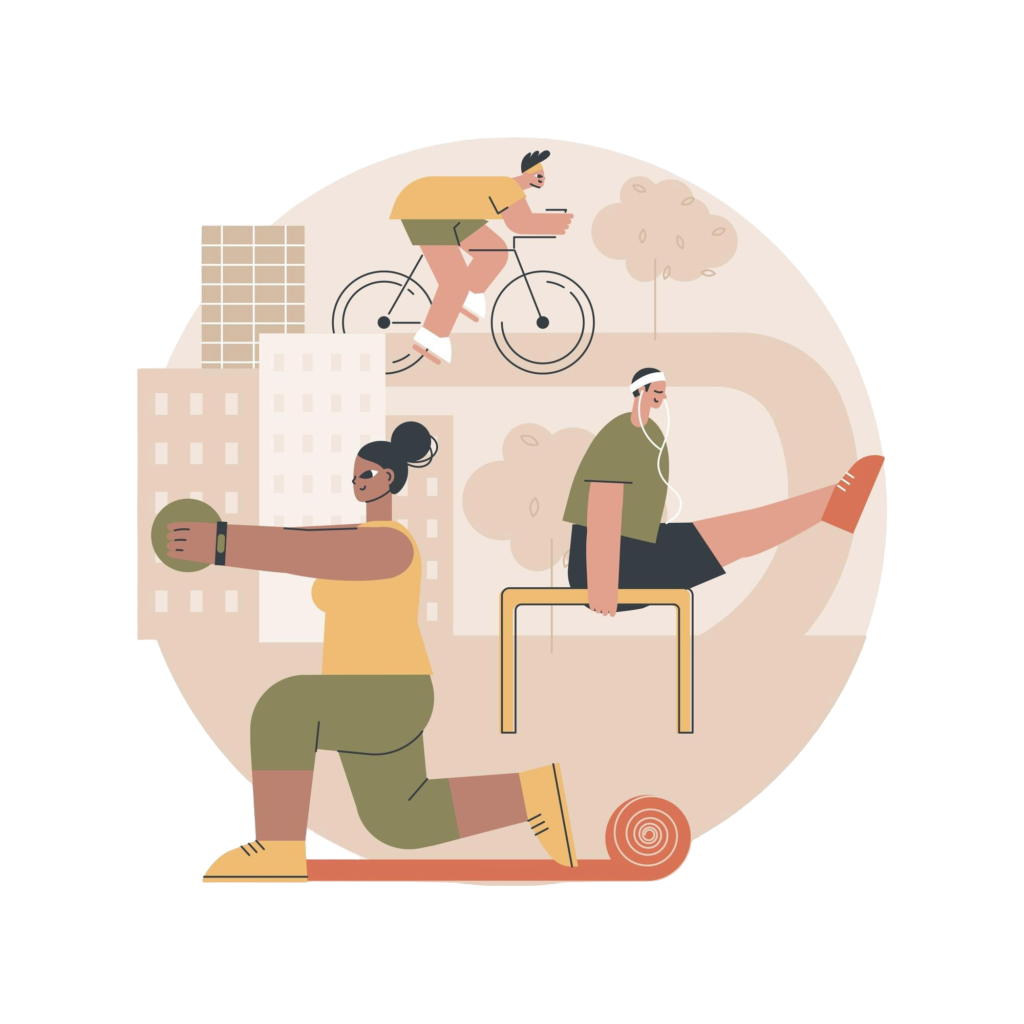
Some people might feel pain, swelling, or muscle weakness after being active after Botox7. To avoid this, stay away from hard workouts that make you sweat and raise your heart rate7.
Choose low-impact activities that don’t make your heart beat too fast7. Light housework, gentle gardening, and facial exercises are safe after Botox.7
“Performing facial exercises can speed up the onset of BOTOX results, according to 68% of participants in a study published in the Journal of the American Academy of Dermatology.”8
Always talk to your doctor about when and how to start exercising again after Botox7. Being careful can help you get the most out of your Botox without any problems7.
Show a person stretching at home after receiving Botox injections. They are wearing comfortable athletic clothing and standing on a yoga mat in a brightly lit room with large windows.
The person’s facial expression is relaxed and content as they perform gentle stretches such as reaching up to the sky, touching their toes, and twisting from side to side. The emphasis should be on the person’s body and movements, rather than their face or any specific product.
| Activity | Recommended Waiting Period |
|---|---|
| Moderate Exercise | At least 4 hours8 |
| Strenuous Exercise | 24 hours8 |
| Inversions (e.g., Headstands, Downward Dogs) | Avoid8 |
| Tight-Fitting Headwear | Avoid8 |
Can you Exercise after Botox? Your Guide
If you’re thinking about getting Botox, you might wonder how it affects your exercise. The good news is you can usually start with light activities right after Botox. But, it’s key to follow the guidelines to keep your treatment safe and effective. Let’s look at the main points on exercising with Botox.
After getting Botox, doctors say wait 24 hours before hard exercise9. This helps avoid swelling or the Botox moving around, which could lessen its effects9. Some doctors suggest avoiding hard activities for up to a week after Botox9.
Right after Botox, you should take it easy. But, you can do some light activities. You can walk, bike slowly, or use an elliptical machine the day after10. Yoga and Pilates are also okay, but don’t do any moves that could put pressure on the treated spots10.
| Exercises to Avoid After Botox | Recommended Light Activities |
|---|---|
| High-intensity interval training (HIIT) Aerobics Running Dancing Wearing tight-fitting headwear Activities that apply pressure to the injection sites Swimming with caps or goggles | Brisk walking Gentle biking Elliptical workouts Yoga (without inversions) Pilates (avoiding extreme facial expressions) |
Listen to your healthcare provider and skip hard workouts or activities that press on the treated area. This way, you can keep up with your fitness goals and protect your Botox9. Remember, Botox takes time to work, so be patient and wait before going back to your usual exercise10.
A person stretching their arms and legs, surrounded by dumbbells and resistance bands. They are wearing workout clothes and have a relaxed expression on their face. In the background, there is an image of a syringe filled with Botox.
Even with Botox, you can stay active by doing light exercises. Just make sure to follow your healthcare provider’s advice for the best Botox results91110.
Related Article: Does Pre-Workout cause acne?
Exercises to Avoid after Botox Injections
After getting Botox, it’s key to watch what exercises you do. High-energy workouts like HIIT, aerobics, and running should wait. This helps your Botox work better12.
These workouts make your blood flow and heart rate go up. This could move the Botox and lessen its effect12. Also, don’t do activities that make you bend over or put pressure on your face. This includes swimming with a cap or goggles, or wearing tight headgear12.
High-Intensity Workouts to Skip
- HIIT (High-Intensity Interval Training)
- Aerobic exercises
- Running
Activities that can Increase Facial Pressure
- Swimming with a swim cap or goggles
- Wearing tight-fitting headgear
- Exercises that involve bending over
Your doctor will tell you when it’s safe to start exercising again. Usually, you should wait at least 24 hours after Botox12. Sometimes, you might need to avoid hard exercises for a week after getting Botox12.
“Exercise that involves putting pressure on the treatment area can cause Botox to migrate and reduce its effectiveness. Increased blood flow due to exercise can dilute the injectable or move it away from the targeted area, potentially diminishing results.”12
Doing hard facial exercises, like jogging, can also affect how well Botox works12. By being careful and following your doctor’s advice, you can make sure your Botox lasts longer and works well13.
A woman doing squat jumps, her face partially obscured by a light blur effect. In the foreground, a bottle of Botox and a red circle with a line through it to indicate that this exercise is to be avoided after Botox injections.
The background should be a gym or workout area with other people exercising, but blurred out and less emphasized than the main image.
Managing Post-Exercise Side Effects
Exercising after Botox is safe if you follow the right steps. But, you might feel some mild side effects like pain, bruising, or redness where you got the Botox14. These can be eased with pain relievers and by moving less. If you have serious side effects like muscle weakness or trouble breathing, get medical help right away.
Recognizing Potential Symptoms
Know the side effects that might happen after Botox and exercise. These include:
- Pain, bruising, or redness at the injection site
- Headaches or neck pain
- Flu-like symptoms
- Temporary eye drooping or indigestion
If you feel these mild side effects, you can use over-the-counter pain relievers and avoid too much movement14. But, if you see serious symptoms like muscle weakness or trouble breathing, get medical help fast15.
A person doing a workout but their facial expression suggests discomfort or pain. The muscles in their forehead are visibly restricted due to recent botox injections. There is sweat on their face indicating a challenging workout, but they seem to be struggling to fully move their upper body due to the botox side effects. The background should feature exercise equipment or a gym setting to convey the context of the image.
Listen to your body and take it easy after your Botox treatment. Pay attention to your symptoms and get medical help if needed. This way, you can recover quickly and get back to exercising soon.
Conclusion
When you mix Botox with exercise, it’s important to find a balance. Make sure you know the right waiting time16. Stay away from hard workouts for 24-48 hours16. Then, slowly start your usual exercises again. This way, you get the best results from your Botox.
A small study found that less active people might see Botox effects last longer17. But, we don’t know for sure how exercise affects Botox17. Some think hard exercise can make Botox wear off faster17. But we need more studies to be sure17.
Your doctor’s advice is key. Try safe activities like walking, yoga, or swimming right after your Botox16. This helps you keep up with your fitness and keeps your Botox working well. Being patient and informed is important for good results.
FAQ

How long should I wait to exercise after getting Botox injections?
You should wait at least 24 hours before exercising after Botox. This lets the Botox settle in the muscles. Some doctors say wait up to a week for intense exercise. It takes time for the Botox to work well.
What types of exercise are safe to do after Botox?
You can do light exercises after Botox, like walking or housework. These keep blood flowing and muscles toned. They also don’t risk moving the Botox.
What exercises should I avoid after Botox?
Avoid intense workouts like HIIT or running after Botox. These can make the Botox move. Also, don’t do exercises that put pressure on your face, like swimming with goggles.
Can I experience any side effects from exercising after Botox?
Exercising after Botox is usually safe if you follow the rules. But, you might feel some mild side effects like pain or redness. These can be eased with pain relievers and less movement. If you have serious issues, like muscle weakness or trouble breathing, get medical help right away.


